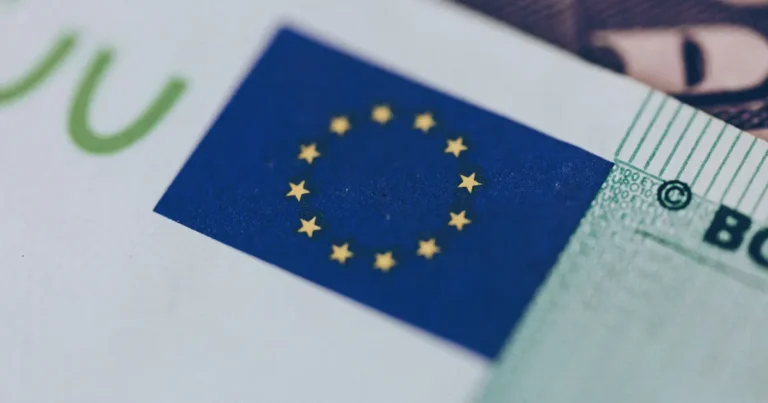22-5-2025 – In a shift for European cryptocurrency markets, the continent’s most heavily traded stablecoin, USDT, has withdrawn from major exchanges following the implementation of Markets in Crypto-Assets (MiCA) regulations. The departure of this $150 billion behemoth has sent tremors through the digital asset landscape, creating an unprecedented vacuum in market liquidity.
Ripple’s RLUSD has emerged as an unexpected frontrunner in the race to fill this void, having secured a strategic position through its listing on Bitstamp, Europe’s premier cryptocurrency exchange. This development marks a crucial turning point in the continent’s digital currency ecosystem.
Market analysts suggest the stringent regulatory framework, which mandates European banking partnerships and imposes strict limitations on issuance and redemption processes, proved too demanding for Tether’s operational model. The prohibition of interest-bearing services further complicated matters for the stablecoin giant.
“Tether’s swift exit has created a fascinating dynamic,” notes cryptocurrency specialist Jake Claver. “We’re witnessing a remarkable shift as Circle attempts to establish its foothold with MiCA-compliant USDC and EURC offerings, though their combined market presence pales in comparison to USDT’s former dominance.”
The regulatory compliance landscape has created an intriguing opportunity for Ripple’s RLUSD, which launched in December with full MiCA compatibility. Operating across both the XRP Ledger and Ethereum networks, RLUSD leverages Ripple’s extensive institutional relationships, particularly in Asian markets where regional stablecoins are gaining prominence.
Market expert sKar PRIME suggests this regulatory reshuffle could catalyse broader changes across the cryptocurrency spectrum, potentially benefiting established cryptocurrencies like Bitcoin whilst possibly accelerating XRP’s market position as the year progresses.


